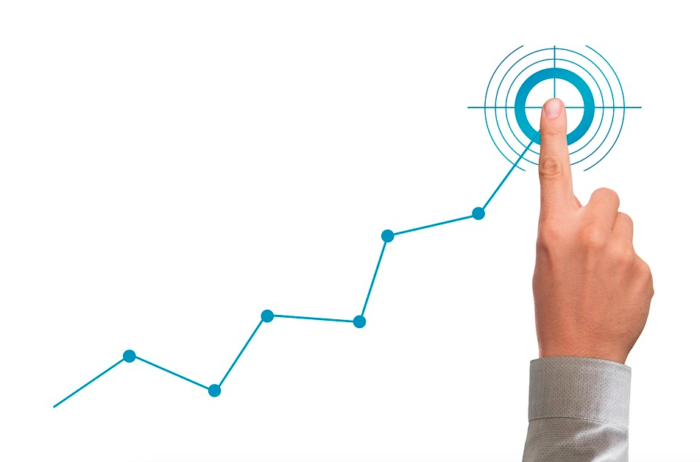Data Tracking: What Is It and What Are the Best Tools

By krbaker@hubspot.com (Kristen Baker)
When data is surfaced, organized, analyzed, and applied effectively, you have the power to delight more customers and improve your business’s bottom line. But first, you need to obtain all of that valuable information.
A common way to collect data related to the metrics that you care most about — such as churn, conversion rate, engagement rate, user activation rate, and average revenue per customer — is through the process of data tracking.
Data Tracking
To obtain meaningful data about your customers and target audience and their behaviors, you need to track the metrics that matter most to your business both accurately and securely.
In this article, we’ll talk about what data tracking is, why it’s beneficial, how it works, and which tools can help you track and analyze the metrics you care about.
How does data tracking work?
Data tracking and collection are often performed with cookies and/or Javascript libraries. This is how a business can track information about user behaviors on the various pages of your website (e.g. web page, landing page, blog article, product page, checkout page, etc.) as well as user/ customer accounts.
There are several tools available (we’ll look at some examples shortly) that use cookies and Javascript to track data.
For instance, Google uses Javascript to measure how users interact with your website, HubSpot uses cookies to monitor website traffic (on your landing pages, blogs, and web pages) and track visitors, and Segment uses cookies and Javascript to analyze site traffic, deliver personalized ads, and improve browsing experiences.
How to Choose the Metrics You’ll Track
The key to data tracking is selecting the right metrics (a.k.a. what you’re actually going to be measuring).
- Ask yourself questions about what it is you want to learn. For example, “Which version of my product page converts the most users?”
- Then, turn your question into a metric. For the example in the above step, your metric could be a product page’s conversion rate based on page views.
- Hone in on your metric of choice even more by indicating the “events” within that metric. For the above example, events could be: 1) when a visitor lands on a product page, 2) when a visitor clicks the CTA on a product page, 3) when a user completes a form or submits a request to speak with a rep on a product page, 4) when a visitor converts into a paid customer on a product page.
- Your chosen metrics and events should help you prove a strategy either works or doesn’t among your audience. In other words, you can use your resulting data to prove your strategy’s impact on the business and revenue.
Data Tracking Compliance
Now that you have a basic understanding of what data tracking is, you might be wondering about General Data Protection Regulation (GDPR), privacy policies, and the laws that exist to protect visitors, contacts, and customers.
How to Comply with Data Tracking …read more
Source:: HubSpot Blog








